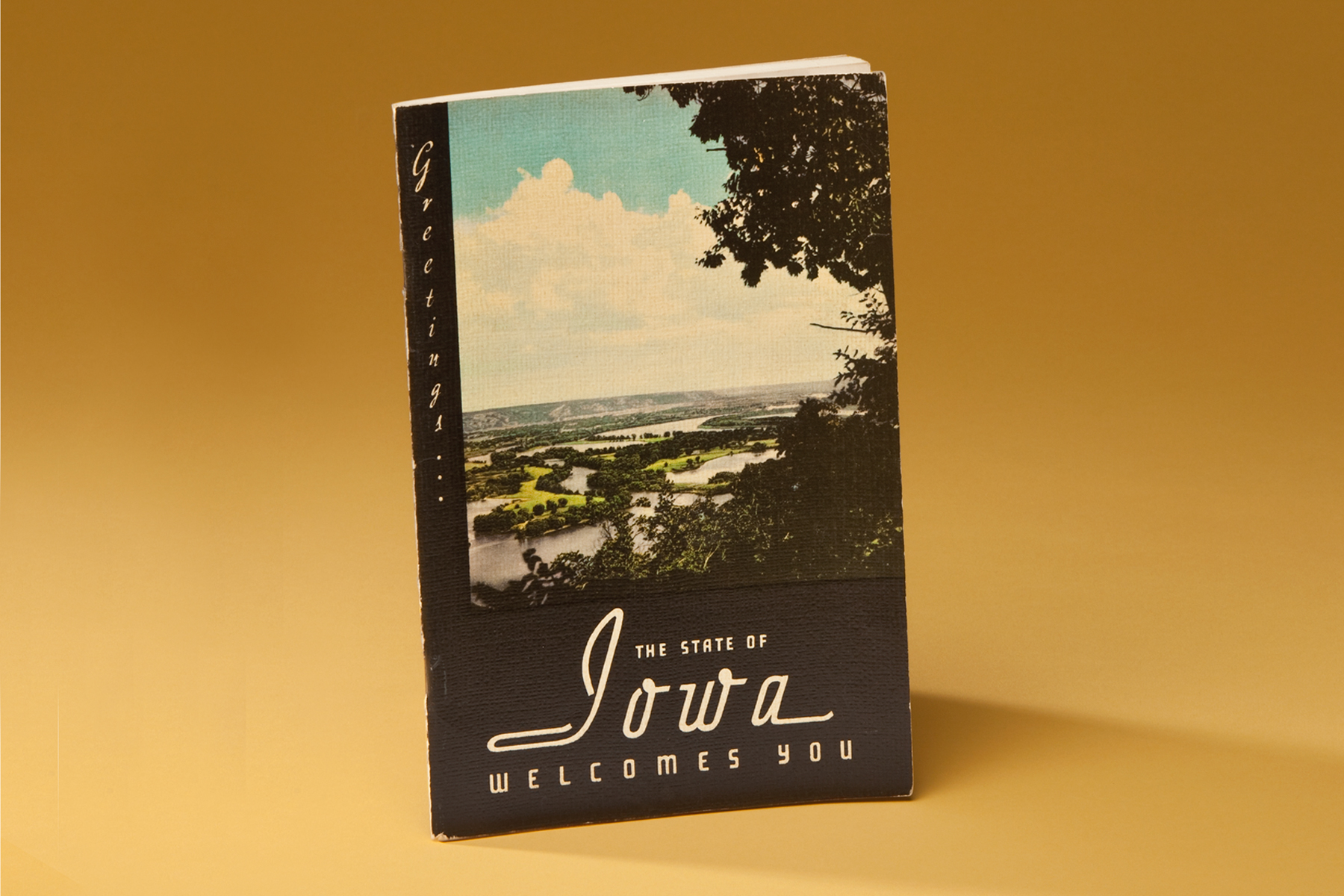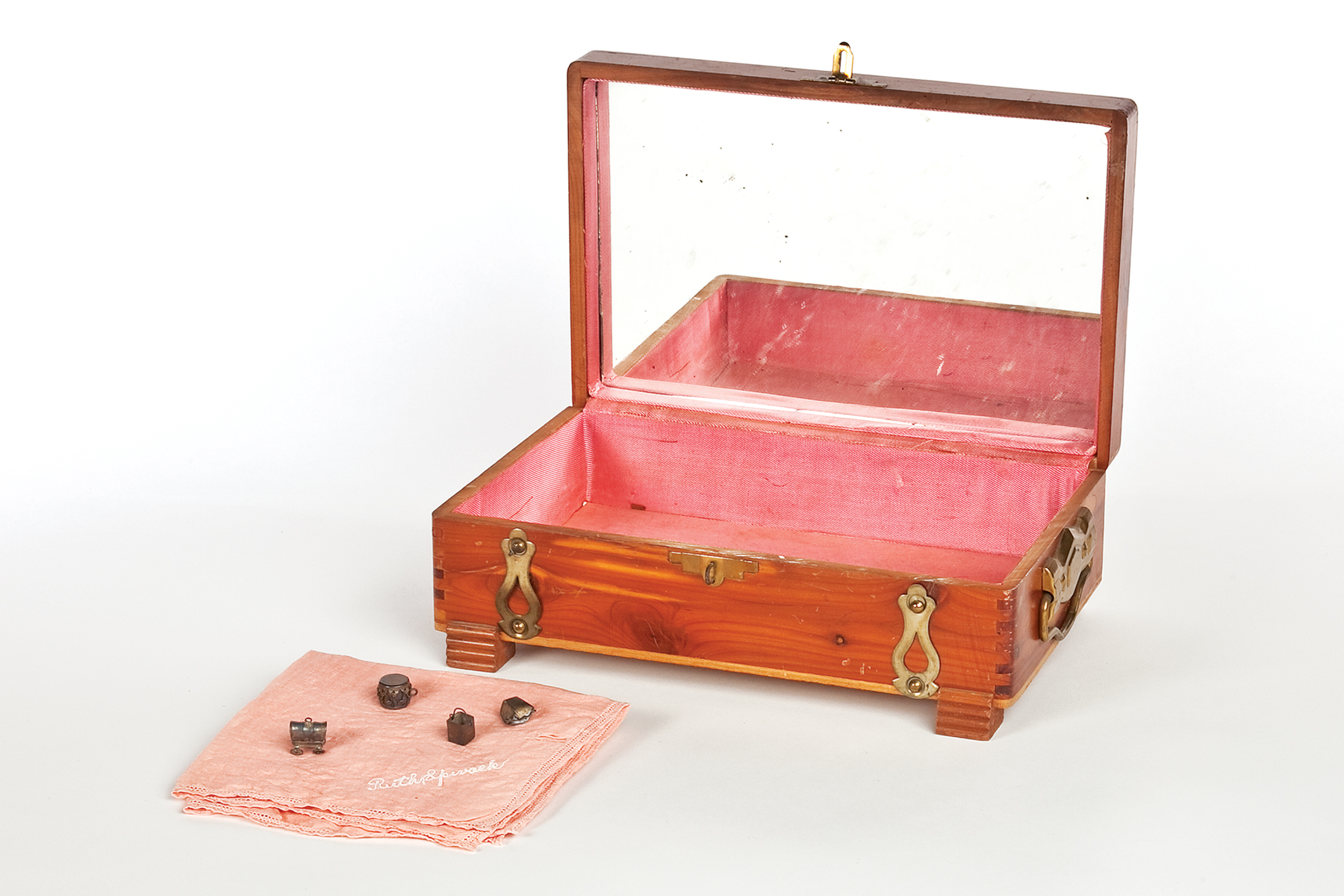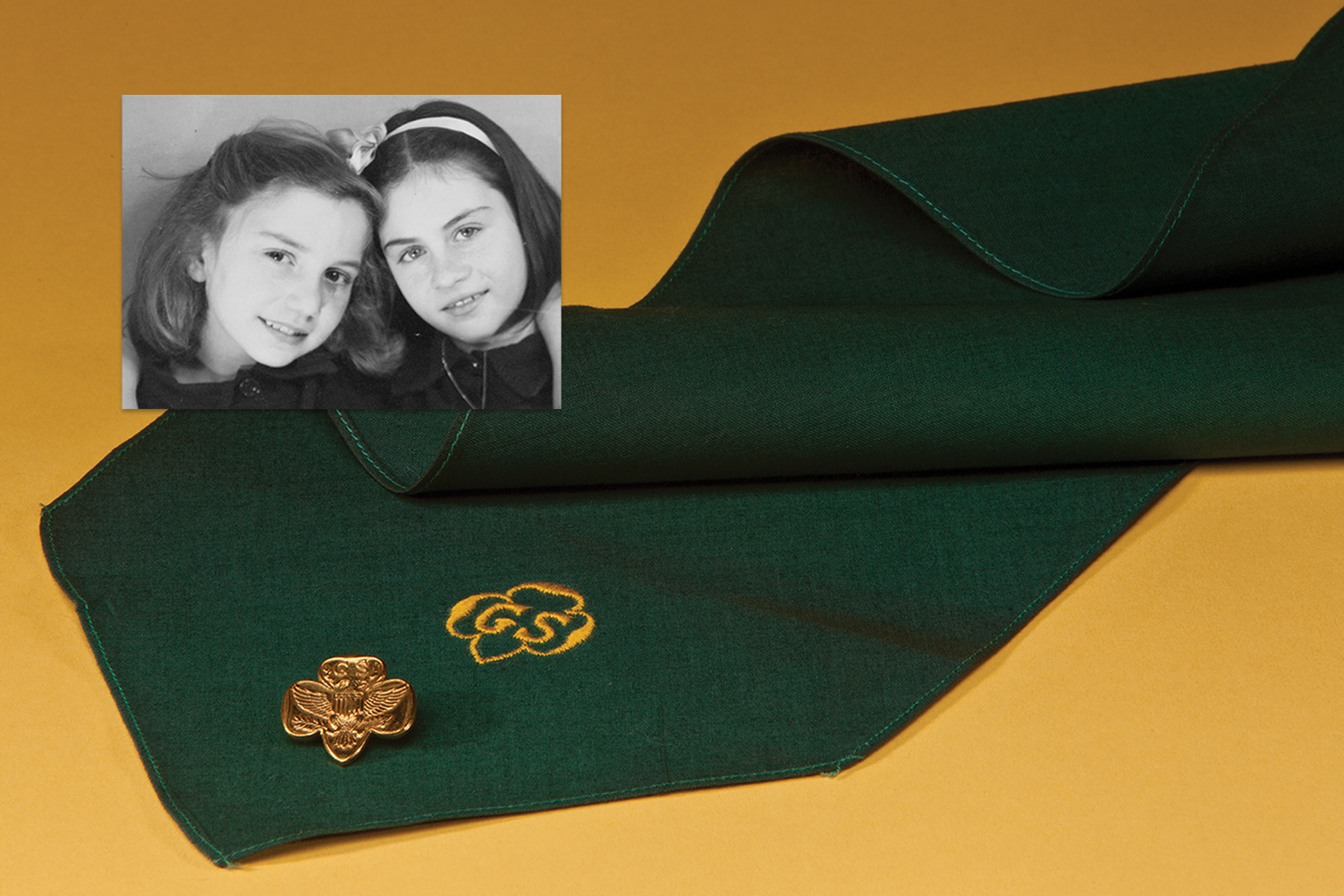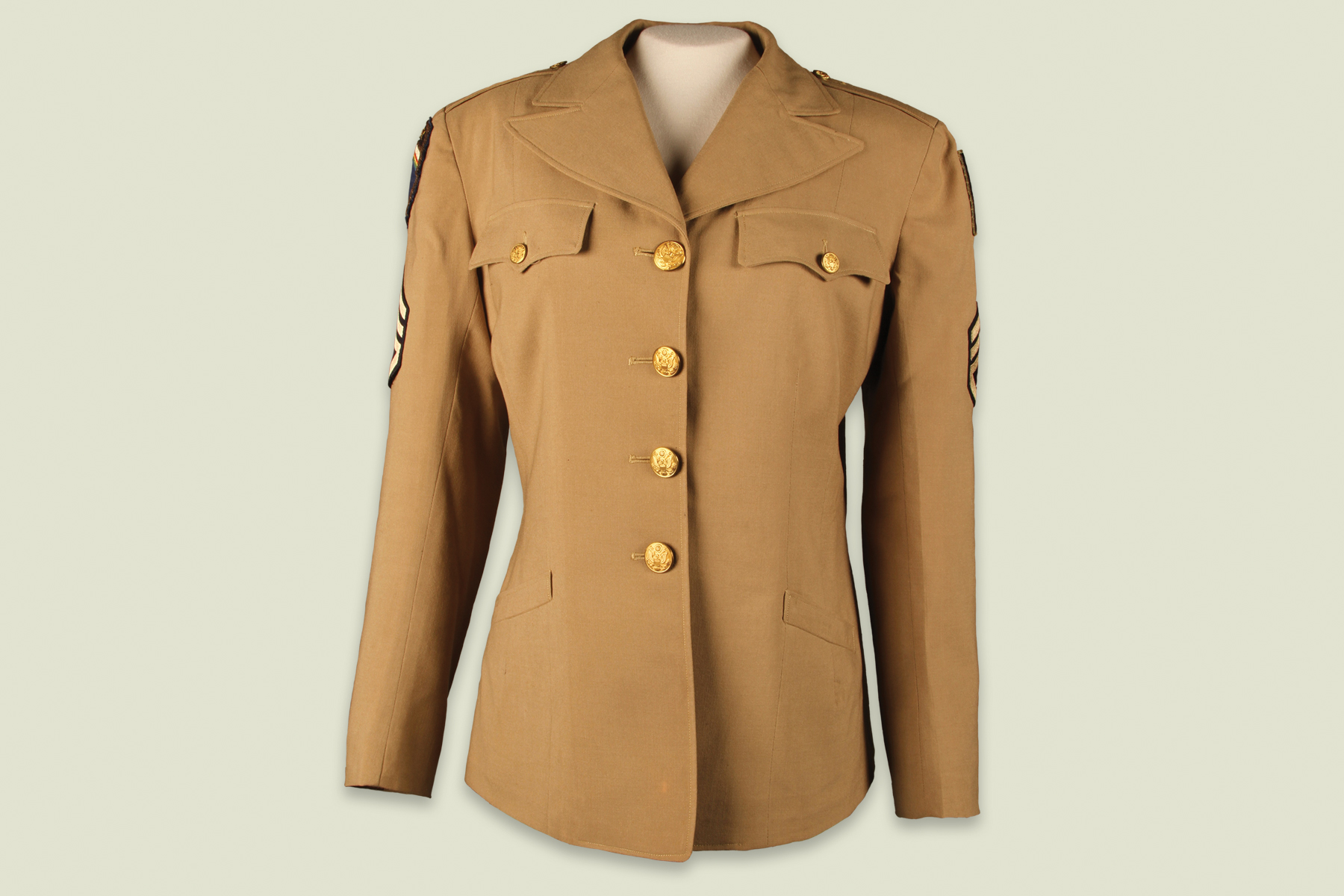It was very difficult to immigrate to the United States in the years before and during World War II. Congress set limits on the maximum number of immigrant visas that could be issued per year to people born in each country. These quotas were designed to limit the immigration of people considered “racially undesirable,” including southern and eastern European Jews.
Potential immigrants to the United States had to collect many types of documents, including proof of identity, police permission, medical clearances, tax documents, a ship ticket, and exit permits prior to obtaining a visa. Most also had to find an American financial sponsor who would guarantee they would never become a burden on the United States.
The US government made no exceptions for refugees escaping persecution and did not adjust the immigration laws in response to the upheaval of the 1930s and 1940s. The waiting lists for US immigrant visas grew as hundreds of thousands of Jews attempted to flee Europe. In 1940, more than 300,000 Germans, most of them Jewish, were on the waiting list for US visas.
By the time refugees surmounted these hurdles and finally arrived in America, they embraced their new country, as the objects below attest.

STARS AND STRIPES Margret Simon Hantman was born in 1926 in Berlin, where her father owned a grocery store and she lived a comfortable life, which changed drastically after the Nazis came to power in 1933. Anti-Jewish decrees restricted every aspect of the family’s life. The Nazis forced her father to give up his business and eventually deported and killed her father, mother, and sister. Margret survived as a forced laborer and after the war ended made her way to the Deggendorf displaced persons camp. To keep up their spirits, Margret and her friends formed a theater group and staged productions at the camp. A Viennese couple designed these stars and stripes costumes, which were made by a sewing group, for a musical revue. In 1946, Margret immigrated to the United States, and brought her dress along.
In the photograph, Hantman (second from right) and friends perform at the Deggendorf displaced persons camp. Her lifelong friend Lucie Steinhagen poses as the Statue of Liberty. Gifts of Margret Hantman. Photography: Lisa Masson

FAR FROM HOME Josef, Hildegard, and six-year-old Marianne Salomon immigrated to the United States from Germany in 1938. After Josef had trouble finding work in New York City, they moved to Des Moines, Iowa. Among the carefully kept documents commemorating their new beginning is this publication from the State of Iowa. It describes their new home as a “land of plenty.”
The Salomon family kept this Iowa welcome book among naturalization papers and mementos from their transatlantic passage. Gift of Marianne Berg. Photography: Lisa Masson

FOSTERING HOPE Helene Engelhardt opposed the Nazis and fled Germany in 1934 with her baby daughter, Ruth, eventually settling in France, where she was later imprisoned. An aid organization sent Ruth to the United States, where the Spivacks of Cleveland made her a part of their family. These mementos show the rich life Ruth led with the Spivacks, who provided her opportunities unavailable in war-torn Europe. Helene survived the war and immigrated to the United States to reunite with her daughter.
A handkerchief embroidered “Ruth Spivack,” charms, and a jewelry box that belonged to Ruth Engelhardt Spivack Meyers. Gifts of Glenn Meyers and Debbie Smith. Photography: Lisa Masson

ON MY HONOR In 1944, the United States set up a camp in Oswego, New York, to host refugees—the only time the government made an exception to immigration law to rescue foreigners facing persecution during the Holocaust. The refugees were kept behind fences and barbed wire and were not allowed to work outside the camp. But for the first time in years, the refugee children attended public school and were able to enjoy childhoods free of fear.
Rut Hendel (later Tamar Hendel-Fishman), who was born in Croatia in 1935, joined the Girl Scouts while she was living in the Fort Ontario Emergency Refugee Shelter in New York and wore this sash and pin. Photo: Rut (right) and her cousin Gisela Kremer pose in the winter of 1945–46 at Fort Ontario. Gifts of Tamar Hendel-Fishman. Photography: Lisa Masson

JOINING UP After immigrating to the United States in 1937, Ukrainian-born Malka Yenta Sternschuss was eager to serve her new country. She joined the Women’s Army Corps after it was created in 1943 to fulfill an urgent need to recruit civilians for service abroad. Malka soon headed back to Europe, where she took dramatic photographs of the destruction in Berlin in 1945 and children in a displaced persons camp in 1947.
This Women’s Army Corps uniform was worn by Malka Yenta Sternschuss (later Mildred Stern). Gifts of Shelley Falik and Imy Wax